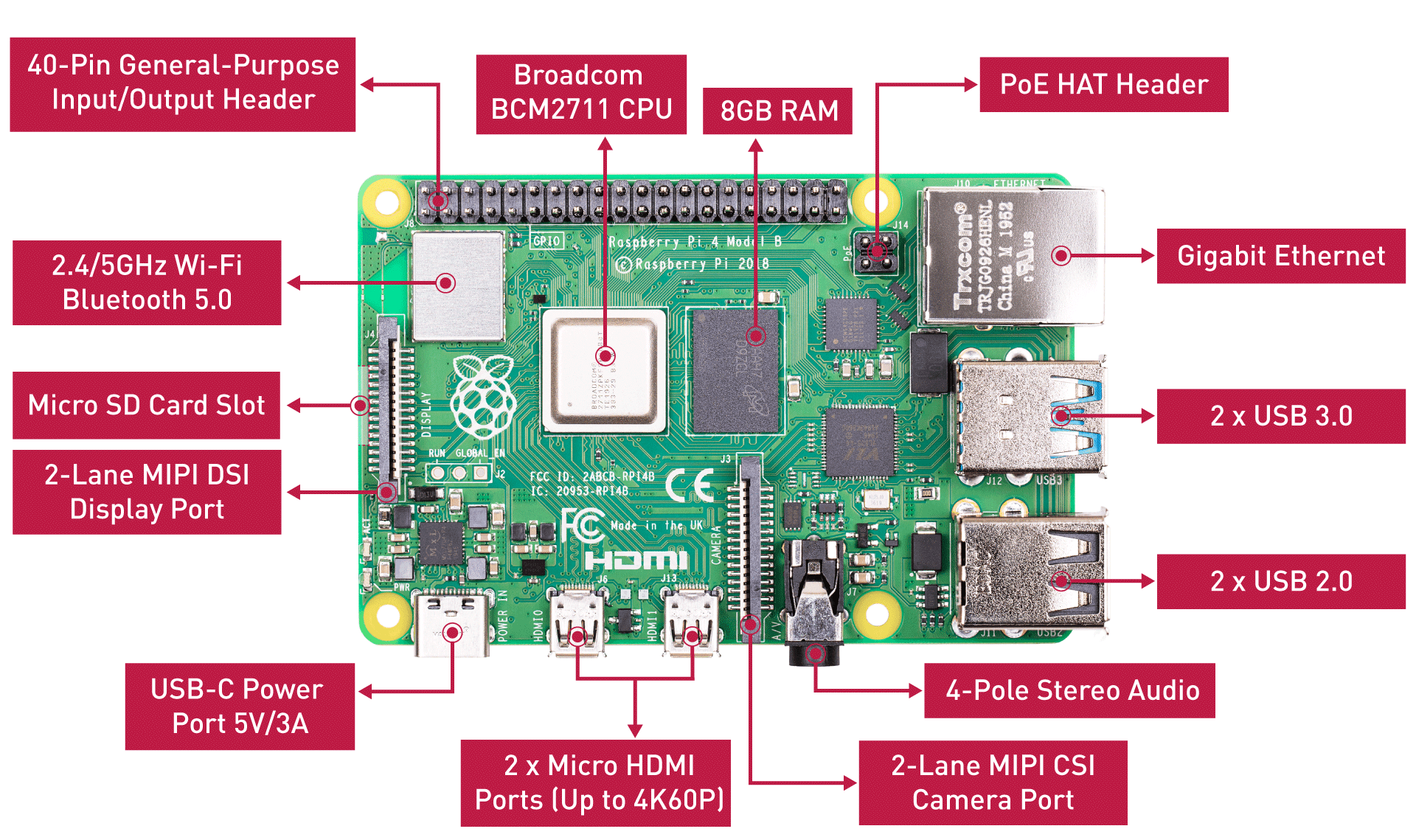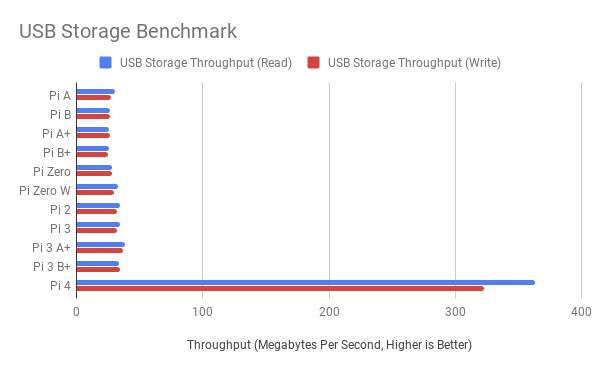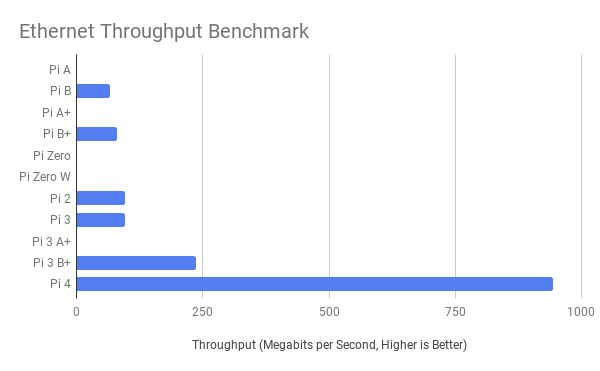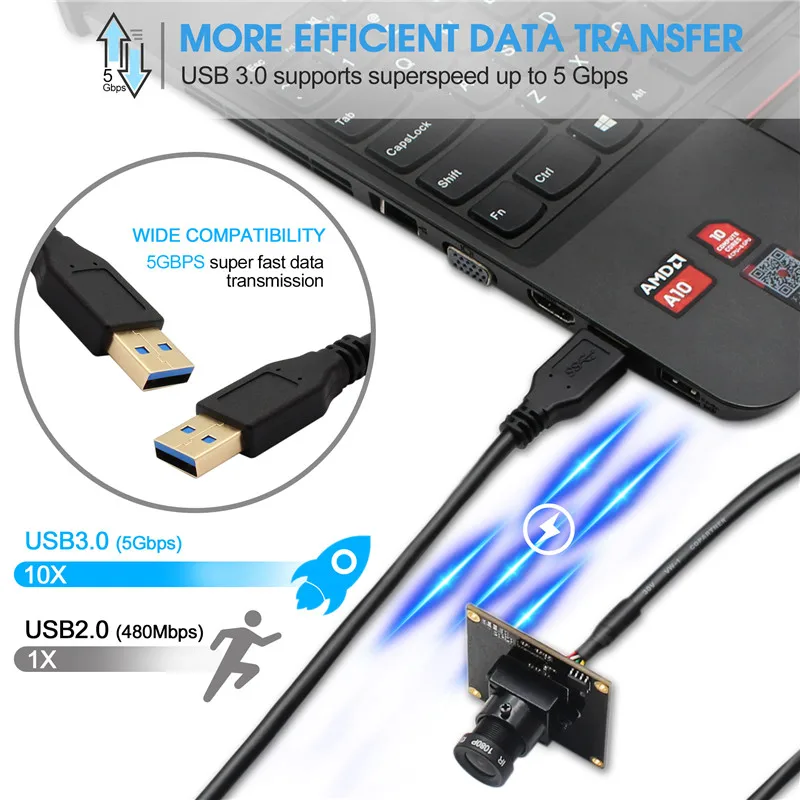


The I2C interface is the simplest from a hardware point of view, since it only has 2 connections: clock and data.
USB 3 TRANSFER RATE RASPBERRY PI SERIAL
Serial Peripheral Interface (SPI) serial bus.Inter-Integrated Circuit (I2C) serial bus.There are 3 ways an ADC can be linked to the Raspberry Pi (RPi): Note that the REG32 macro uses the ‘volatile’ qualifier to ensure that the register access will still be executed if compiler optimisation is enabled. The handling of the memory spaces has also been improved, with a single structure for each peripheral or memory area: This can cause unusual malfunctions, system crashes or file corruption, so care is needed.įor this project, I’ve abstracted the DMA and I/O functions into the new files rpi_dma_utils.c and rpi_dma_utils.h. If the DMA controller receives incorrect data, it can overwrite any area of memory, or any peripheral, without warning.
USB 3 TRANSFER RATE RASPBERRY PI FULL

If the DMA controller tries to fetch the data before the cache has been emptied, it will get incorrect values.

Video signal captured at 2.6 megasamples per secondĪdding an Analog-to-Digital Converter (ADC) to the Raspberry Pi isn’t difficult, and there is ample support for reading a single voltage value, but what about getting a block of samples, in order to generate an oscilloscope-like trace, as shown above?īy careful manipulation of the Linux environment, it is possible to read the voltage samples in at a decent rate, but the big problem is the timing of the readings the CPU is frequently distracted by other high-priority tasks, so there is a lot of jitter in the timing, which makes the analysis & display of the waveforms a lot more difficult – even a fast board such as the RPi 4 can suffer from this problem.


 0 kommentar(er)
0 kommentar(er)
